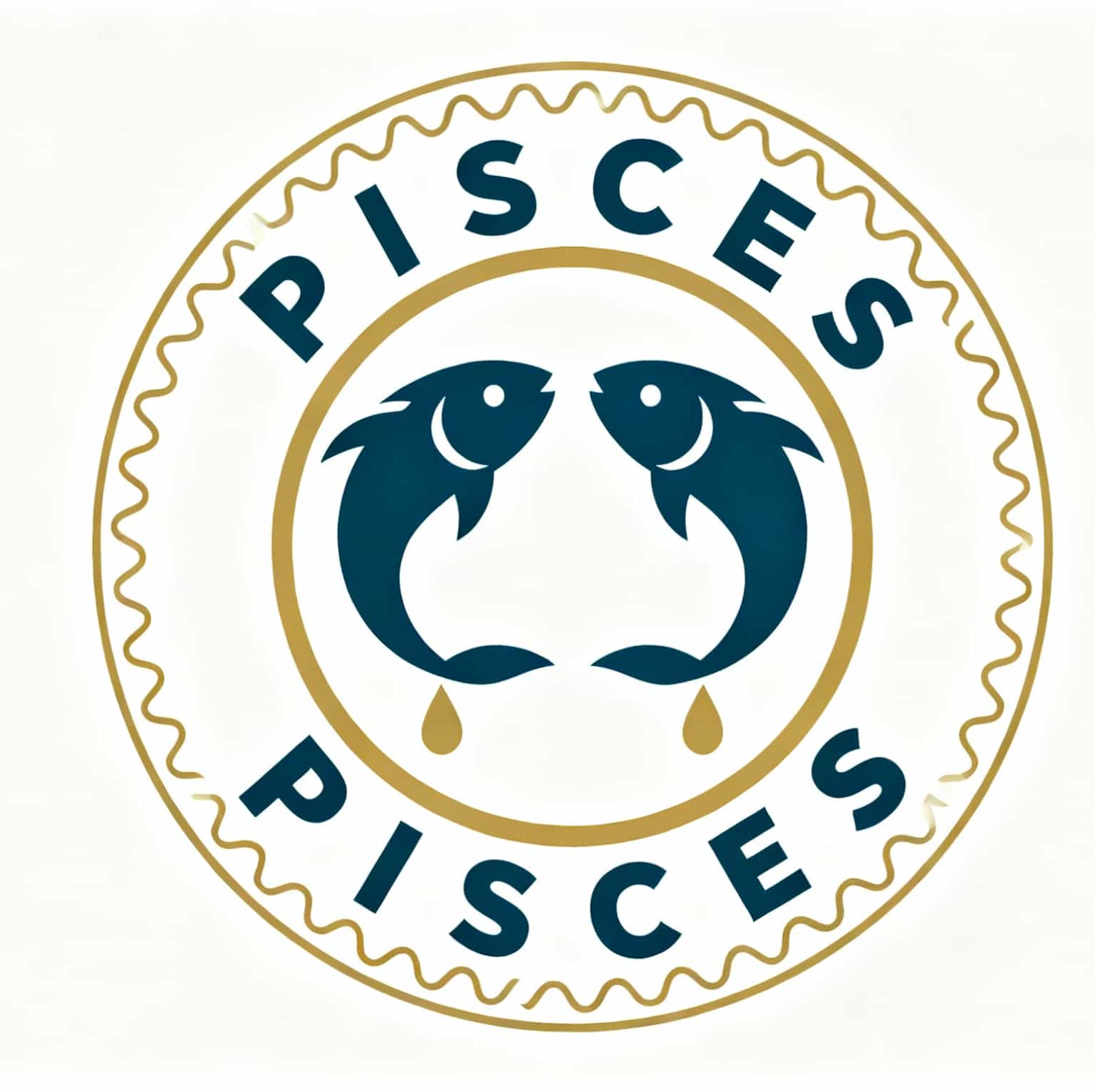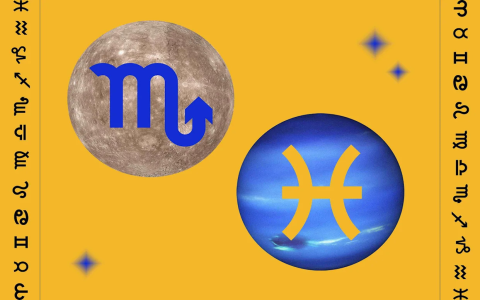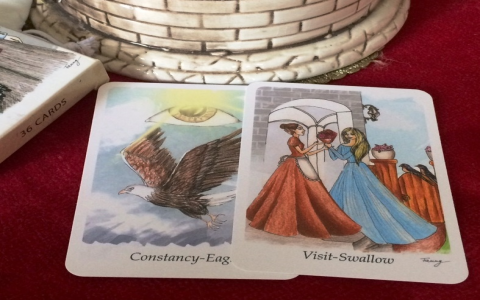Well, I’ve always been super curious about how the moon’s future position changes. So, I decided to figure it out on my own. First, I went to the library and grabbed a bunch of books about astronomy. I was like a detective, looking for clues about the moon’s movement.
I started by making a simple chart. I marked down the moon’s position in the sky every night. It was a bit of a pain in the butt, ’cause I had to stay up late sometimes. But I was determined! I wrote down the date, the time, and where the moon was in the sky. I used a compass to help me figure out the direction.
After a few weeks of doing this, I started to see some patterns. The moon seemed to move in a kind of oval shape around the Earth. I was like, “Whoa, that’s pretty cool!” But I still wanted to know more about how it would move in the future.
So, I went online and found some astronomy software. It was like a magic tool! I put in the data I’d collected, and it showed me all these simulations of the moon’s future positions. I played around with it for hours, changing the dates and seeing how the moon would move.
I also talked to some of my friends who are into astronomy. They gave me some tips and shared their own experiences. One of them told me about some old – school methods of predicting the moon’s position, like using the phases of the moon and the time of year.
Finally, after all this work, I felt like I had a pretty good understanding of how the moon’s future position changes. It’s not as complicated as it seems at first. The moon moves in a regular pattern, and with a little bit of data and some tools, you can figure out where it’ll be in the future. It was a really fun project, and I learned a lot along the way!



